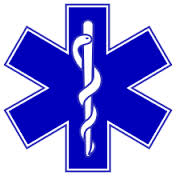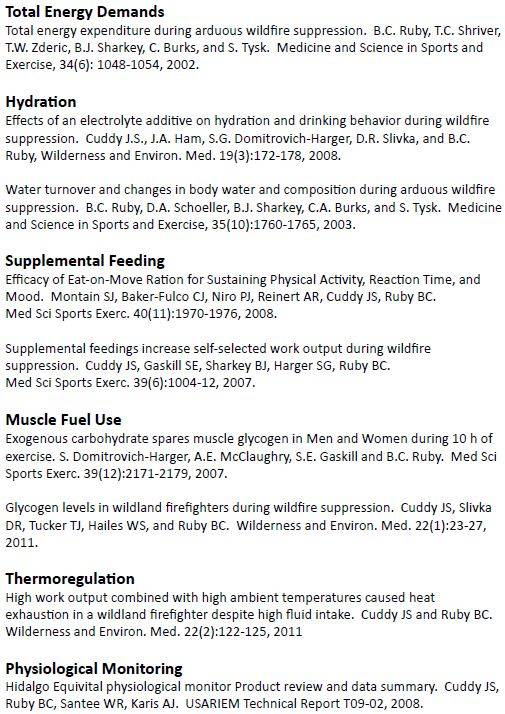
When Paul Stewart bought his rangeland in Eastern Oregon in 1884 it included a meadow with “stirrup-high native grasses”. The sub-irrigation provided by Crane Creek was amplified by several families of industrious beavers who had built numerous dams across the stream to form ponds for their homes.
In 1924 he left his farm for a year and upon returning found that poachers had trapped and removed the beavers. The dams had washed out and over the next 12 years the meadow and the creek was transformed. Uncontrolled flood waters eroded the banks, cutting into his valuable crop land. The stream was flowing 15 feet below its original level and the water table had dropped. The meadow was drying up and a well was barely producing any water.
Mr. Stewart arranged for the Oregon State Game Commission to bring him sixteen of nature’s hydraulic engineers — native beavers.
Below is an excerpt from a document written in 1941 by Paul W. Schaffer, the Regional Biologist for the U.S. Forest Service’s Pacific Northwest Region.
“The beavers began their reclamation work at once. They erected strong dams almost overnight; they sent huge cottonwoods and aspen crashing into the gully; they built more and more dams.
“When the heavy spring run-off came, water that for the past twelve years had rushed through the stream channel to be lost in the river below was caught behind the beaver dams and stored in large ponds which acted as settling basins for the silt-laden waters. At each flood stage of the stream, inches of soil were added to the bottom of the deepened channel. As the ponds were filled, excess water flowed over well-designed spillways and continued down the stream.”
The average summer streamflow of the preceding twelve years was increased considerably by the water escaping from storage. Water from the ponds percolated into the banks to the adjacent fields. Hay production in the meadows improved. The well again supplied ample stock water. The ugly erosion scar through the meadow was healing.
To make a long story shorter, Mr. Stewart’s downstream neighbor, Lloyd Johnson, urged Mr. Stewart to remove the beaver dams thinking it would improve the condition of his own eroded land. He did not realize that if the dams were blown up that the water would simply flow through his land, unimpeded by any structures, resulting in little if any change in his water table.
Mr. Johnson filed a lawsuit to have the beaver dams removed. He won. The judge ordered Mr. Stewart to within five days ask the State Game Commission to remove the beavers and the dams. He was also ordered to pay a $300 contempt fine and was threatened with three months in jail if he did not comply.
Mr. Stewart appealed to the Oregon Supreme Court which ruled in his favor, writing in part:
“To deny our water users the right to control such streams and prevent the erosion that would soon take place would mean the utter destruction of much of our most valuable lands throughout the state.”
Below is Mr. Schaffer’s nine-page beautifully written and typed description of Mr. Stewart’s experience with the beavers, crafted in 1941. It even includes an epilogue. Notice how both the right and left margins are justified, a long and tedious process when done on a typewriter. (You may also download the document.)
[pdf-embedder url=”https://wildfiretoday.com/wp-content/uploads/2021/05/Beaver-On-Trial-by-Paul-Schaffer-1941.pdf”]
It would be very interesting to know the present condition of Mr. Stewart’s former property, which he sold shortly after the 1939 court cases.
The Wyoming Game and Fish Department has a helpful guide to the beaver’s role in riparian habitat management.
In case you missed it, check out our May 5, 2021 article about how beavers can affect wildfires.
If you’re still starving for more information about beavers, Heidi Perryman, Co-Chair of last month’s California Beaver Summit, tells us that their website has information about presentations made at the conference, including the effects on wildfires, managing the challenges beavers can cause for landowners, and the value beaver engineering can have for the drying state of California. She said two of the researchers mentioned in our May 5 article, Dr. Emily Fairfax and Dr. Joe Wheaton, gave keynote talks at the conference. There were also speakers from the California Department of Fish and Wildlife, US Forest Service, and Bureau of Land Management.
Thanks and a tip of the hat go out to Kelly for letting us know about this case.




